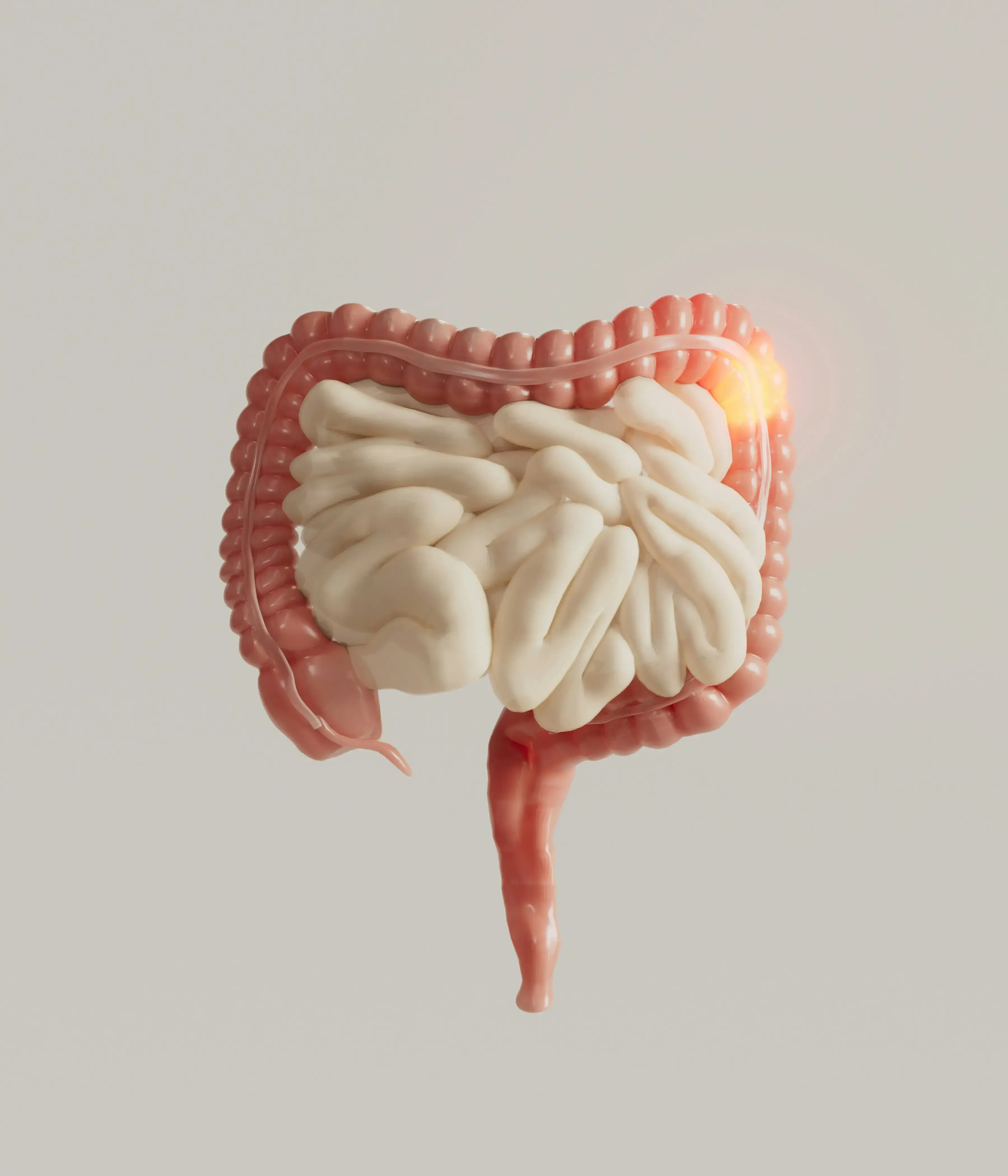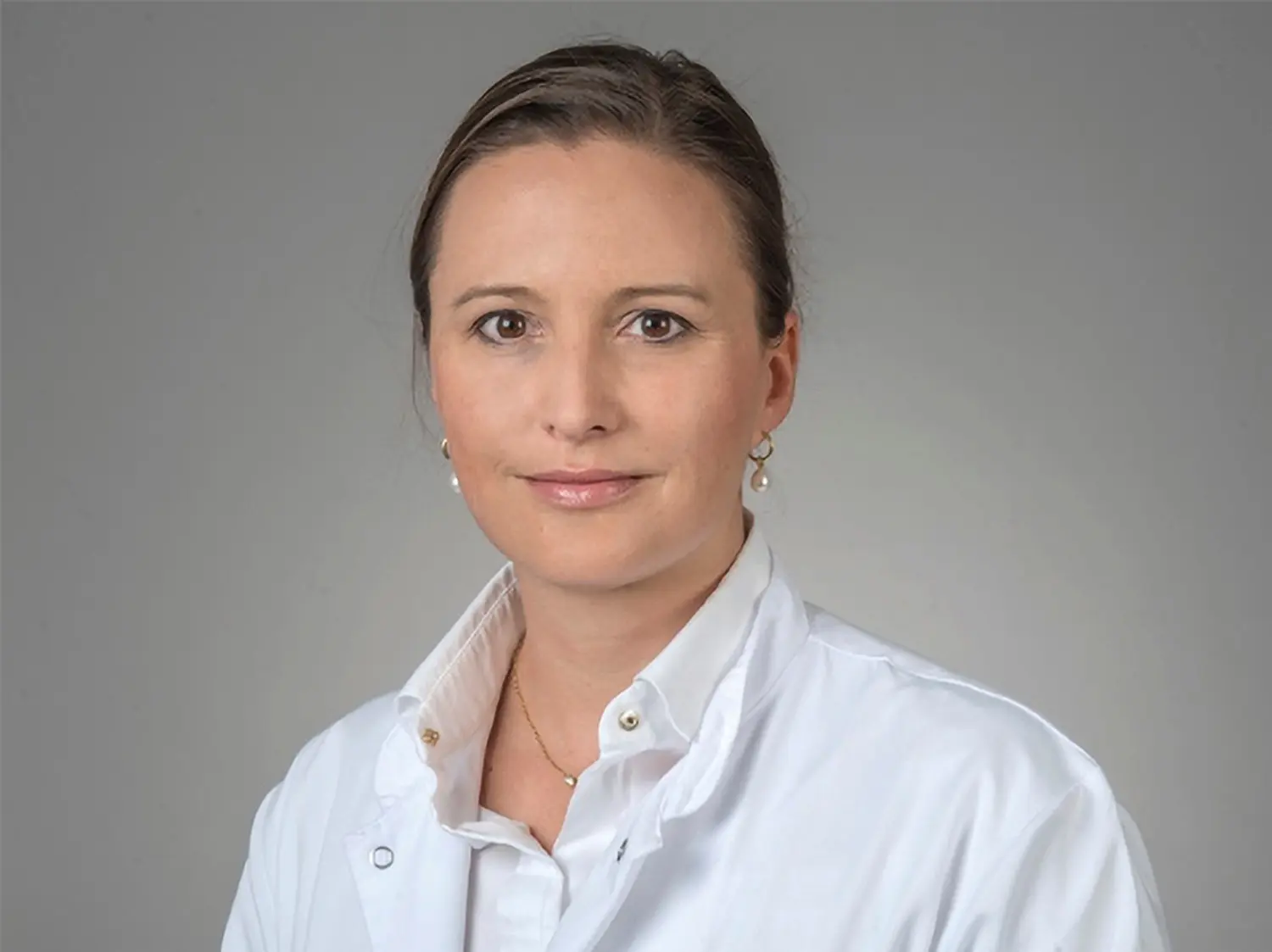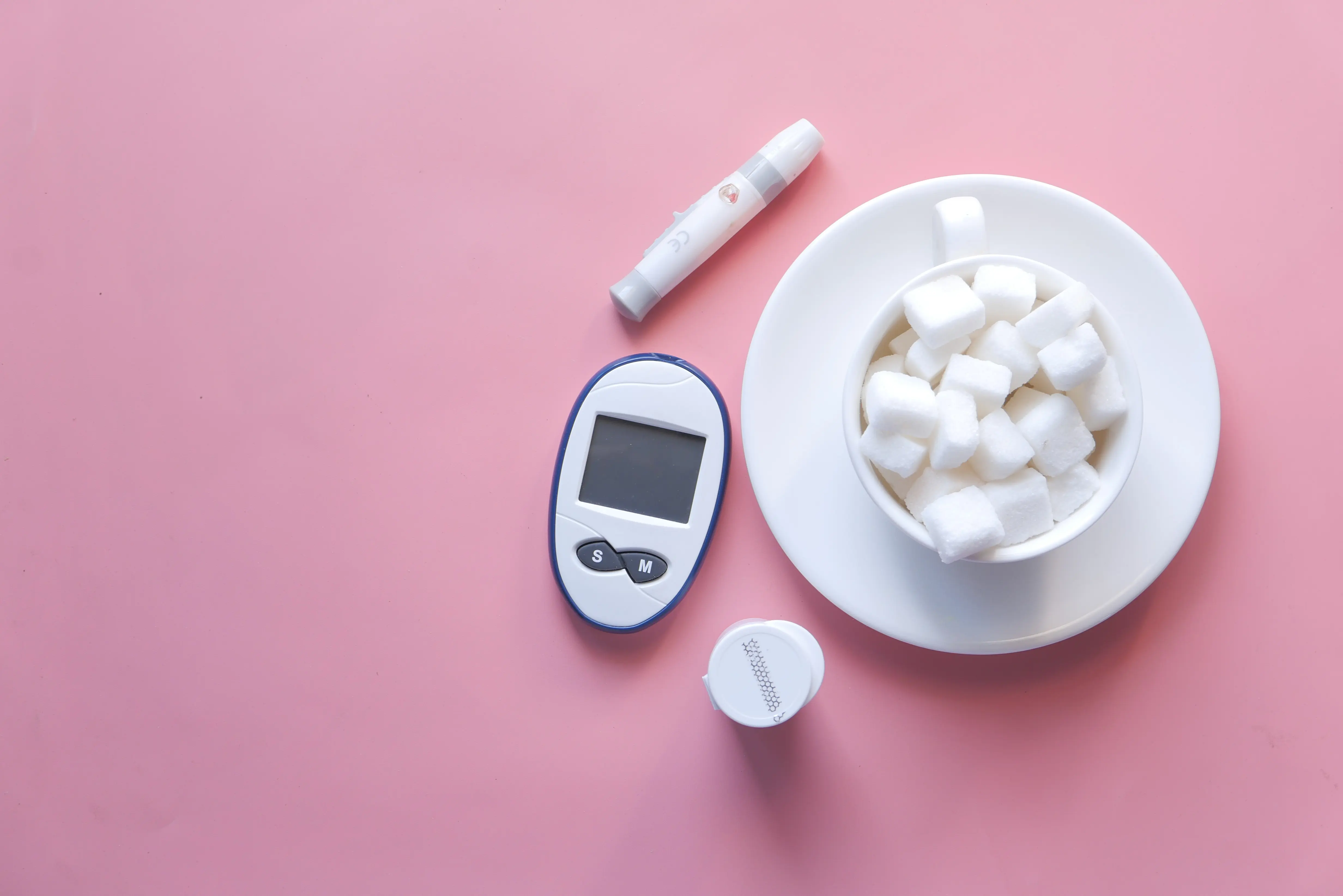
Modern Abdominal Surgery
Treatment Methods
Modern abdominal surgery – also known as visceral surgery – includes the treatment of all benign and malignant diseases of the abdominal organs as well as the endocrine glands. The spectrum thus includes the surgical therapy of the thyroid and parathyroid glands, the esophagus and stomach, the gallbladder and bile ducts, the liver and pancreas, the colon, rectum and anus, as well as the peritoneum. Abdominal wall hernias (e.g., inguinal hernia, umbilical hernia, etc.) as well as the adrenal glands fall within the treatment spectrum of abdominal surgery.
Most of these procedures are now performed using the latest minimally invasive surgical techniques, the so-called keyhole technique. If possible, a robot-assisted surgical system is used for this purpose. Only small incisions are necessary, through which a video optic and fine instruments are introduced into the abdominal cavity. This allows even large oncological procedures to be performed as gently and "small" as possible.
Robot-assisted surgery: small incisions and small wounds
Surgery with robots? It is important to know: The surgery is still performed by surgeons who control the machine. However, this enables them to work even more precisely because the robot filters out even the smallest, normal human tremors. Due to the extreme degrees of freedom of the robotic instruments, which correspond to those of the human hand, it is possible to reach even the tightest spaces and operate in all directions. In addition, a modern, high-resolution optic (3D/4K) makes even the smallest structures such as nerves and blood vessels visible, which could not be visualized with conventional technology or with the naked eye. This excellent overview of the surgical field allows for even more precise and tissue-friendly surgery today.
The advantages of modern minimally invasive abdominal surgery are clear: Small incisions mean small wounds that also heal faster and with fewer complications. The improved technology also keeps any "collateral damage" to a minimum. The operations are less stressful for the body, which means: Patients recover faster. Recovery is optimized in some specialized clinics through modern patient management as part of the so-called ERAS program.
Minimally invasive surgery
In specialized centers, most benign and malignant diseases of the abdominal organs are now performed using minimally invasive techniques, the so-called keyhole technique. Here, a camera is inserted into the abdominal cavity through a cannula measuring a few millimeters. With high-resolution 4K or 3D optics, there is an excellent overview. Through further small cannulas, so-called trocars, instruments are then introduced, with which highly precise operations can be carried out.
Recently, a robot-assisted surgical system has been increasingly used for this purpose. This allows even major oncological procedures to be performed as gently and "small" as possible.
Robot-assisted minimally invasive surgery allows surgeons to work with extreme precision, as even the slightest normal human tremors are filtered out. And because these robotic arms are so fine, they can also enter the narrowest spaces and act in all directions there. In addition, nerve structures or blood vessels become visible on the monitor through the 3D/4K optics, enabling even more precise and tissue-sparing operations.
ERAS Program: Modern treatment concept for surgeries
Among the most modern treatment concepts around surgeries is the ERAS program. ERAS stands for "Enhanced Recovery After Surgery." The rehabilitation begins before the surgery. The main aspects include planning and preparation before admission—which includes balancing deficiencies (e.g., vitamins, electrolytes, trace elements, amino acids) and improving nutrition and physical fitness before surgery. Reducing physical stress before, during, and after the operation also plays an important role: This means, for example, that one can drink up to two hours before the procedure to take on the challenge as fit as possible. Immediately after the surgery, an ice block, given in the recovery room, provides a quick balance of the calorie deficit and quickly stimulates bodily functions again.
In this multimodal approach, all participating disciplines such as anesthesia, surgery, physiotherapy, and nutritional medicine interlock and provide a structured framework for management during the hospital stay—from pain relief and quick nutritional rebuilding to the individual exercise program.
The evidence-based result: complication rates have been significantly reduced, patients experience less pain, recovery is faster, and the hospital stay is significantly shortened.














